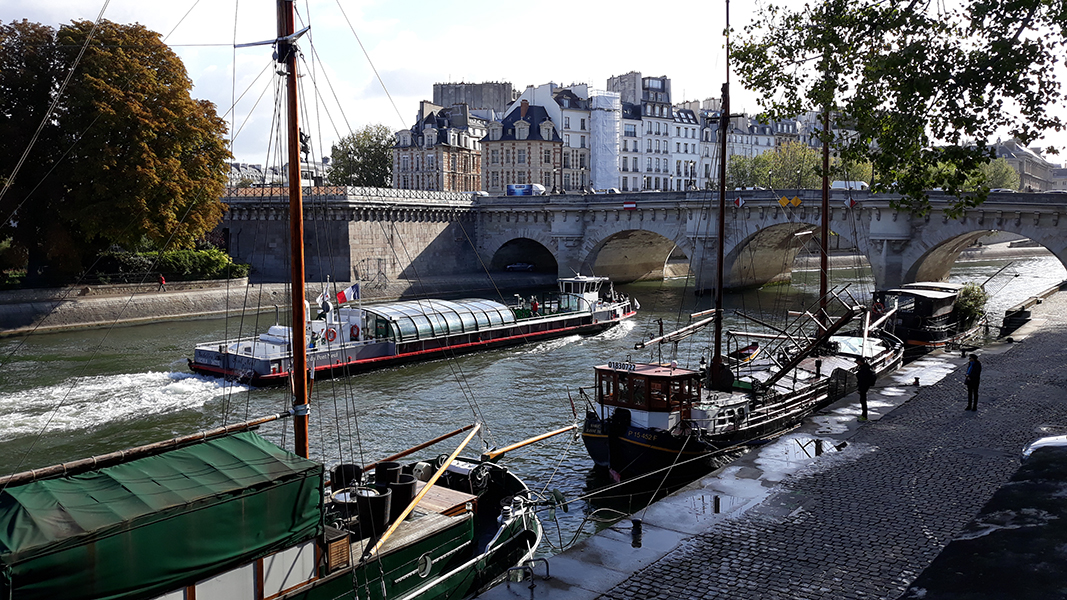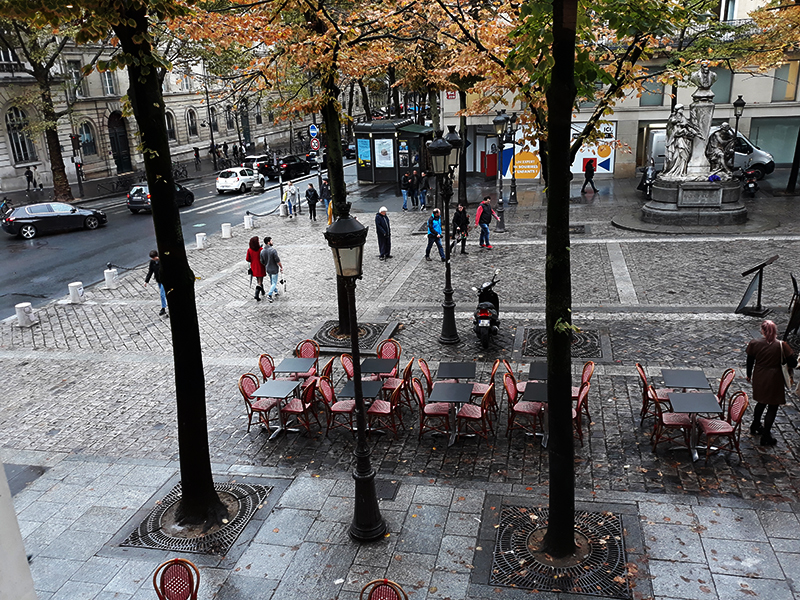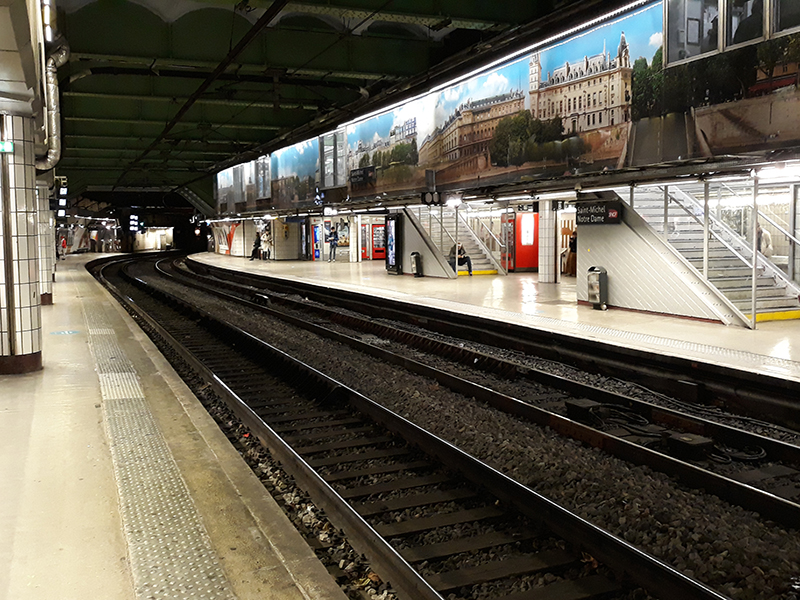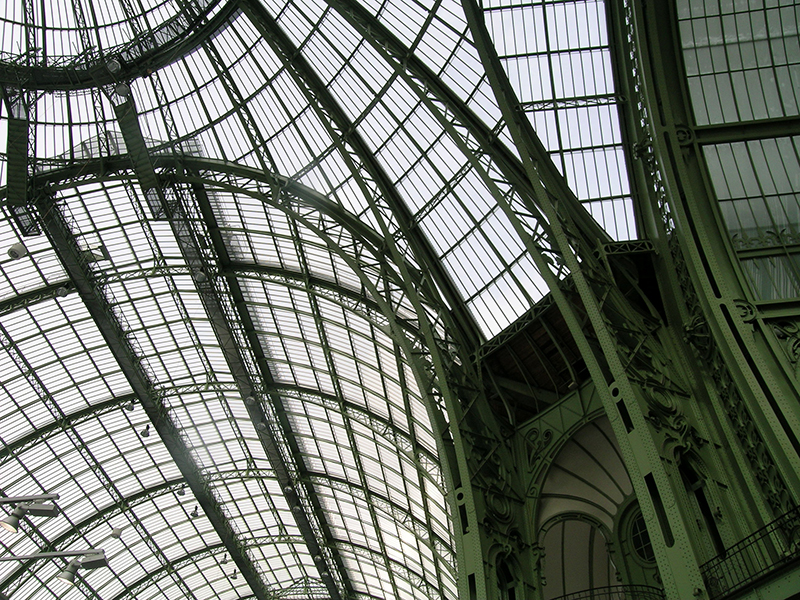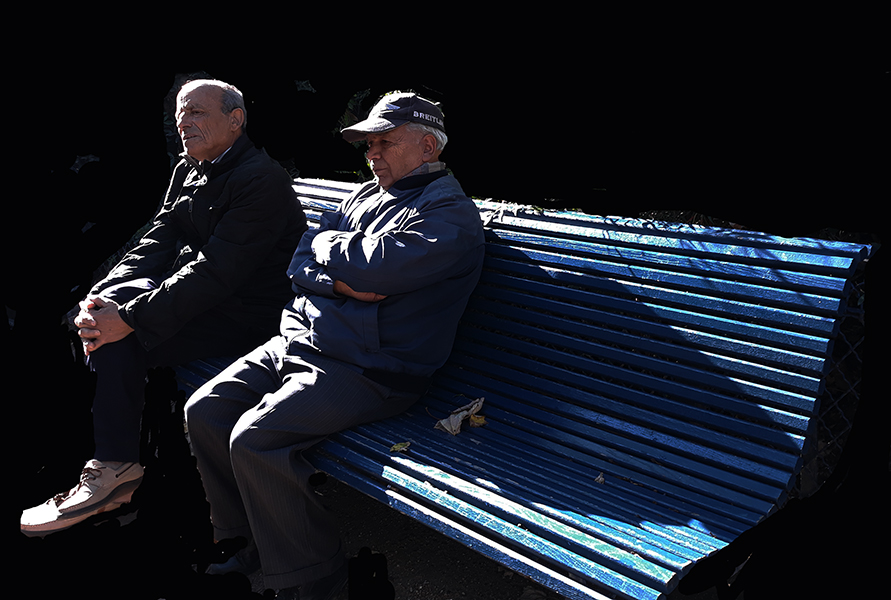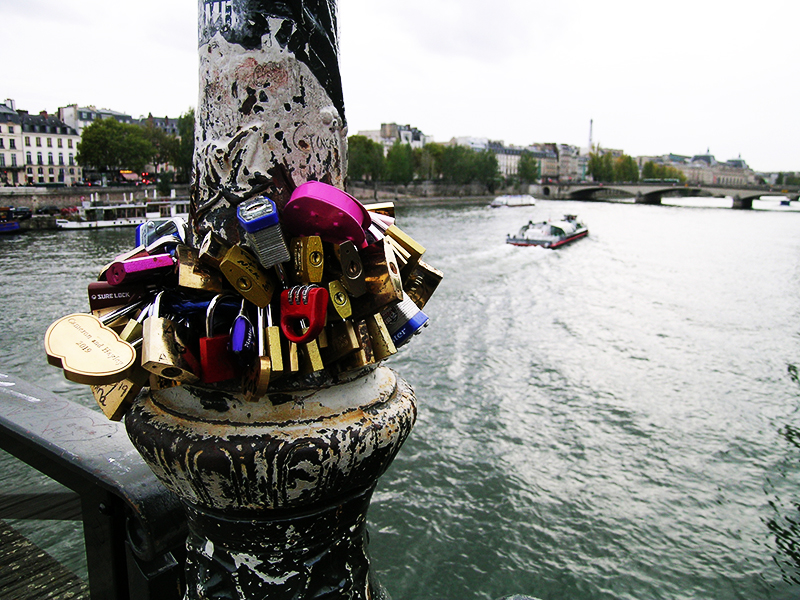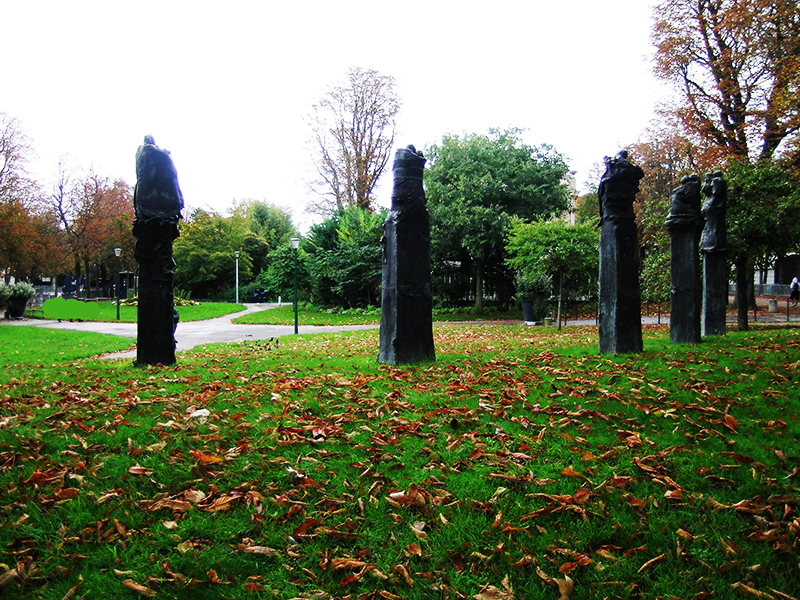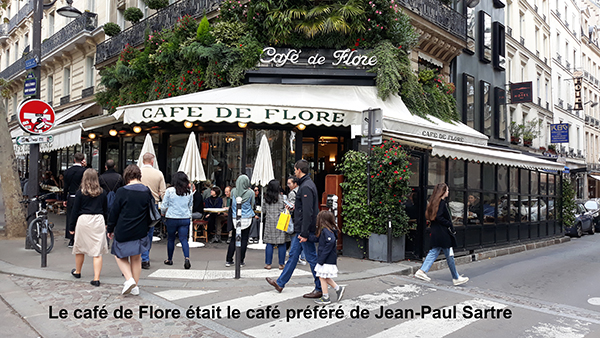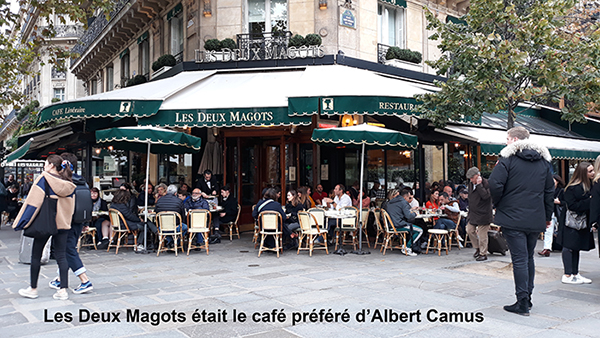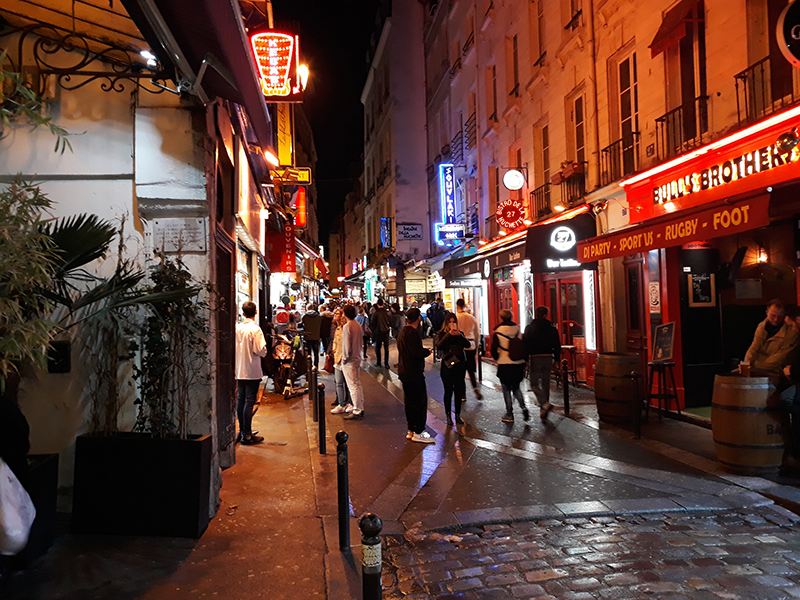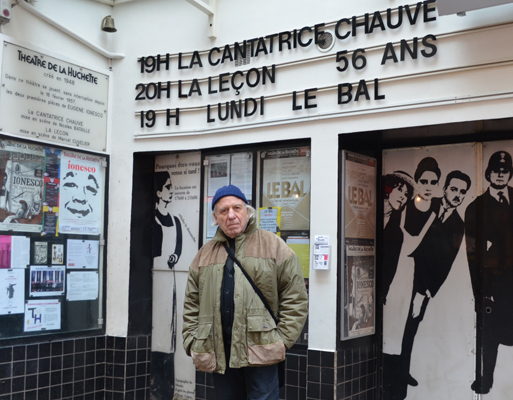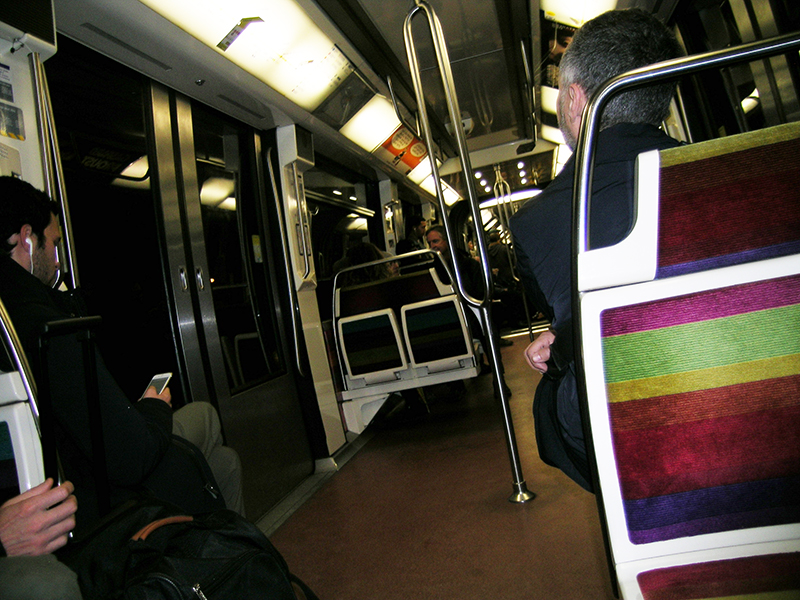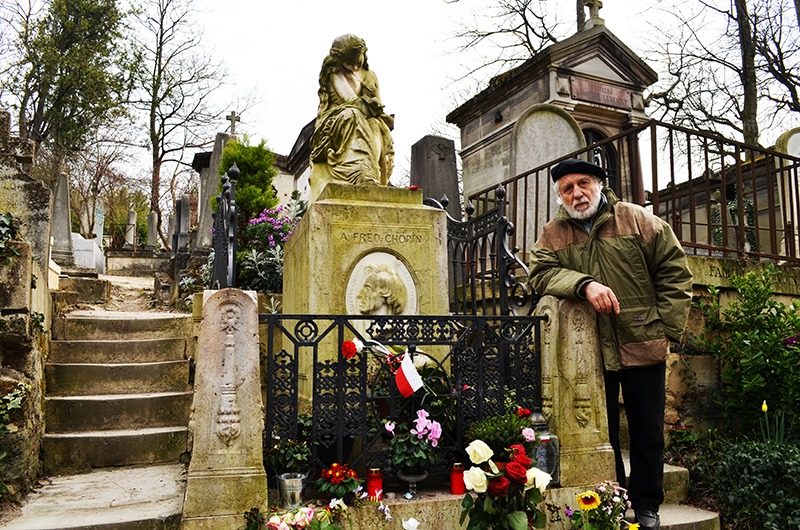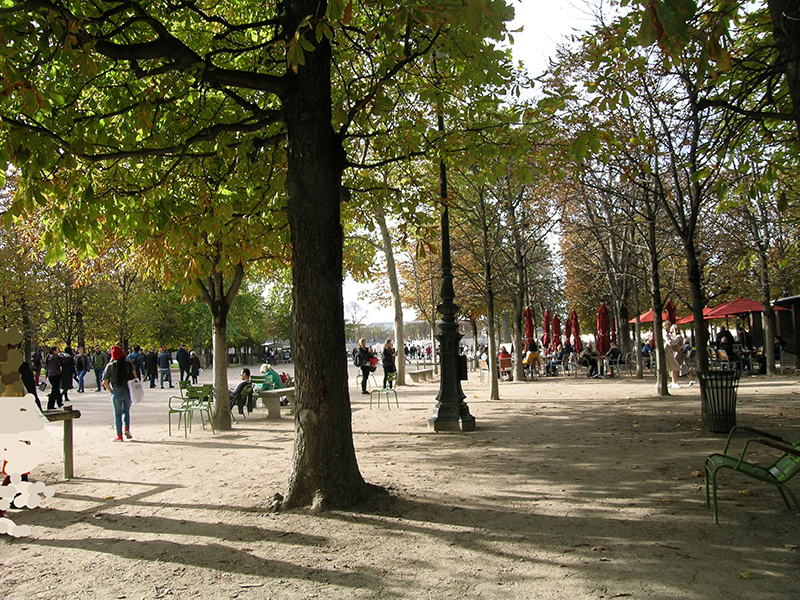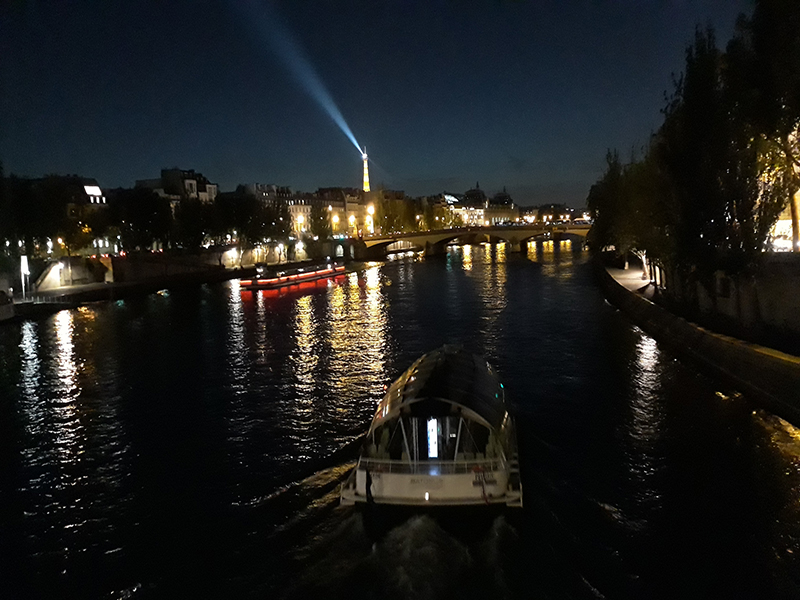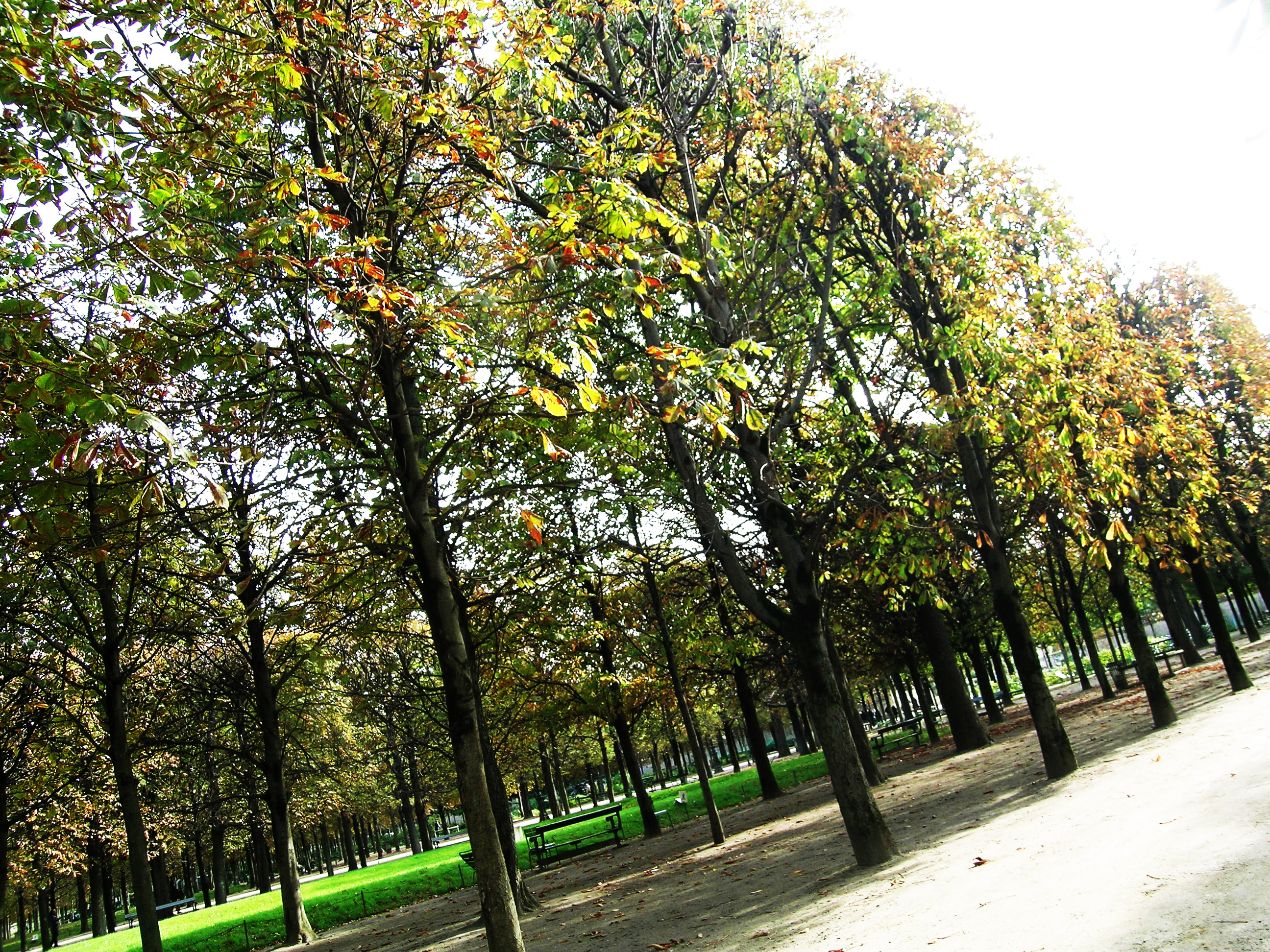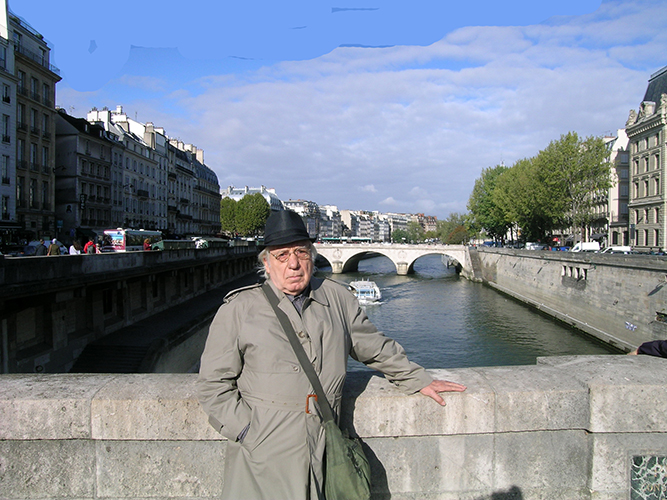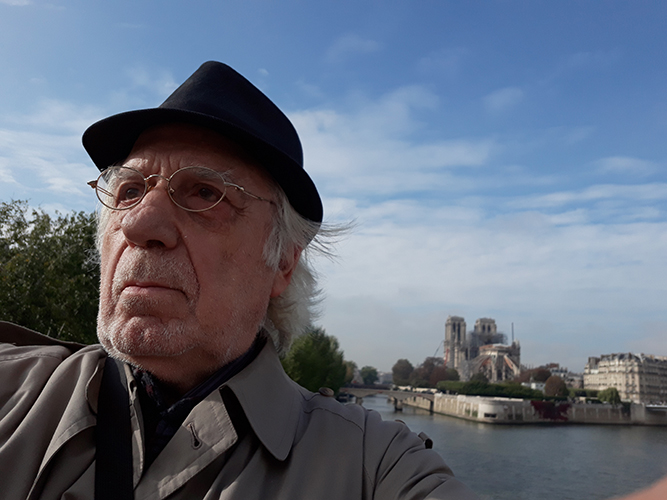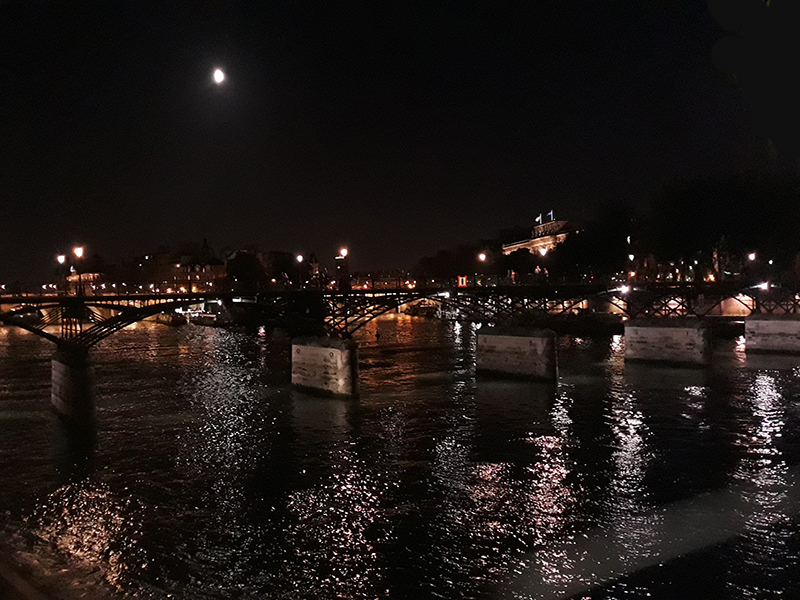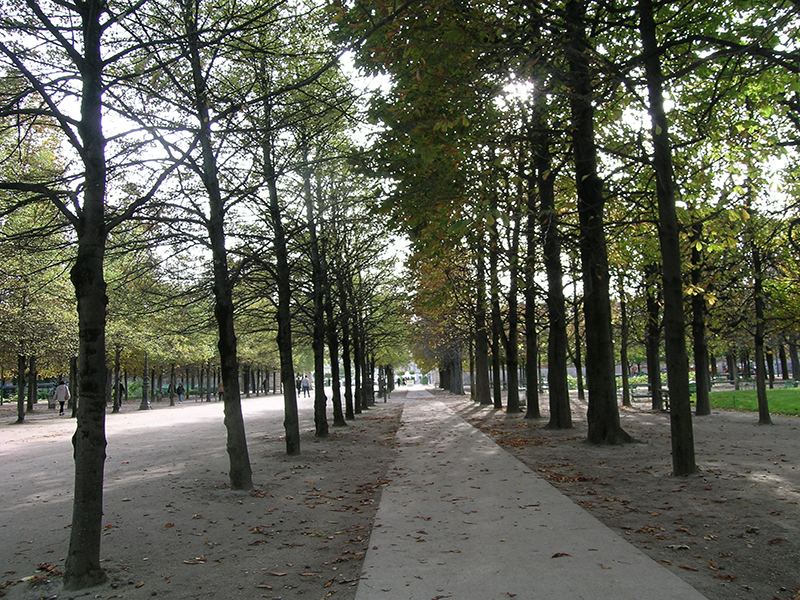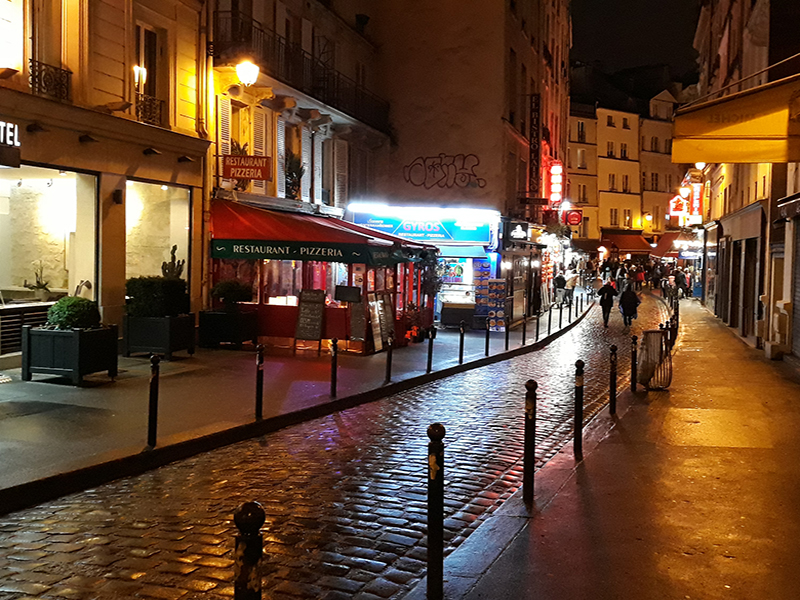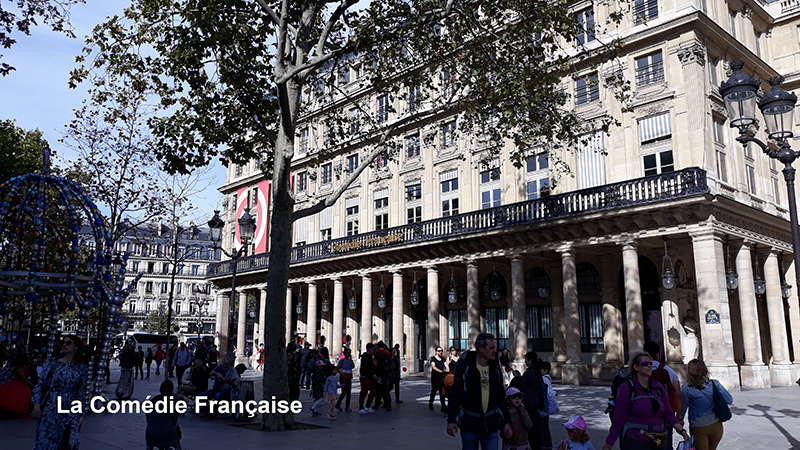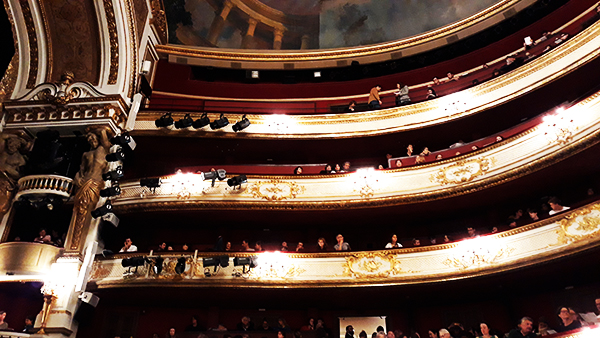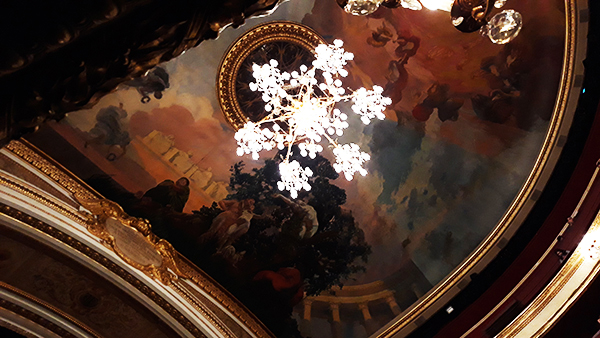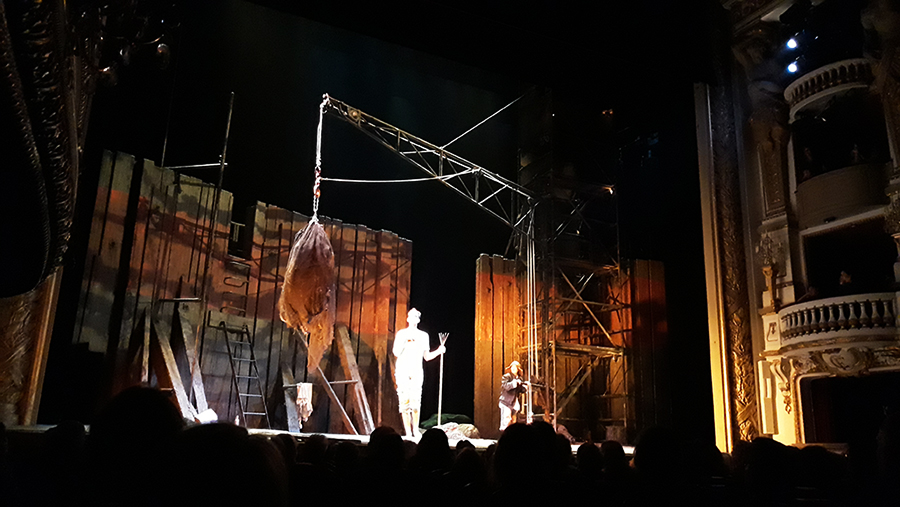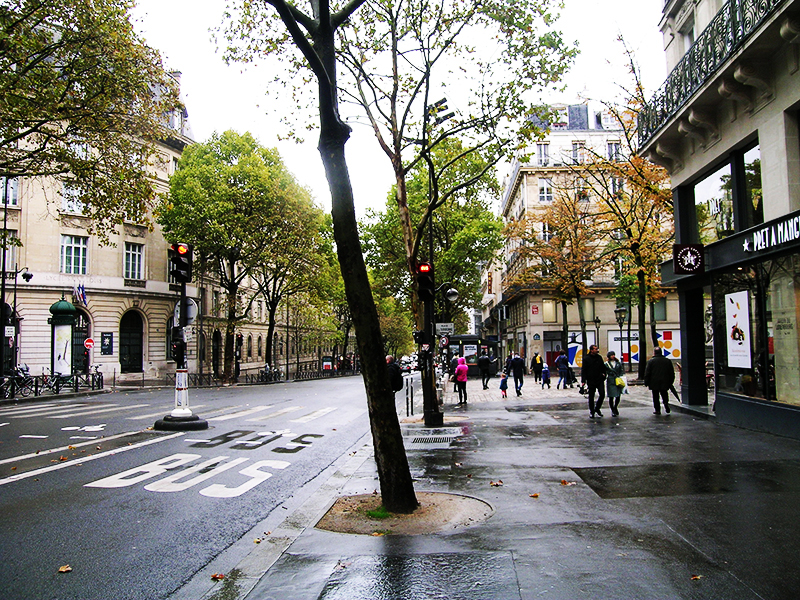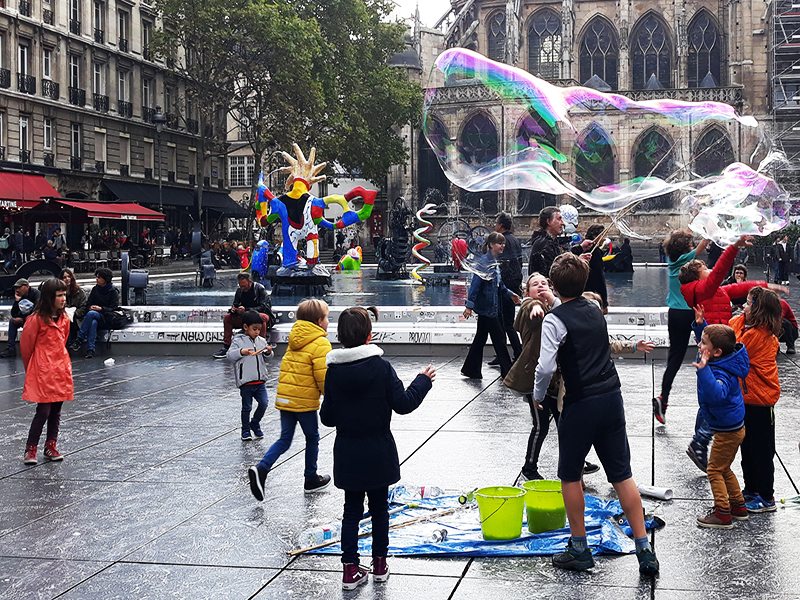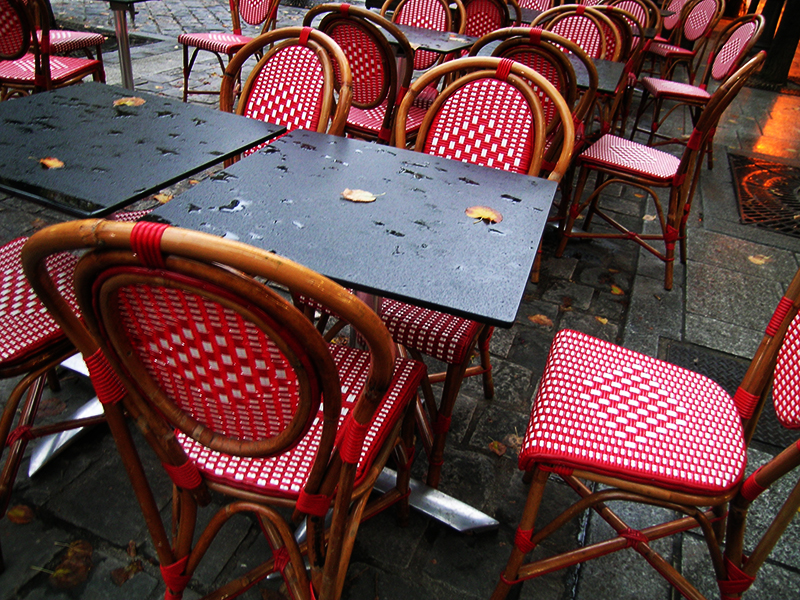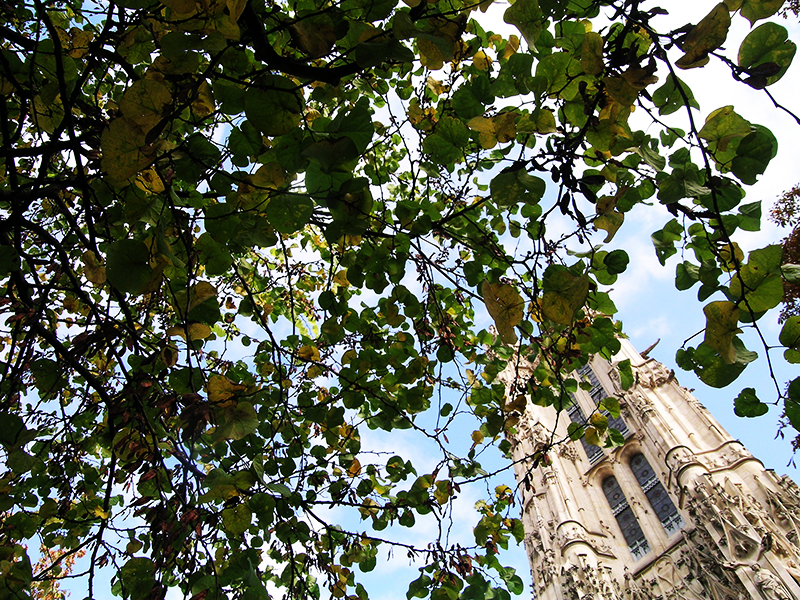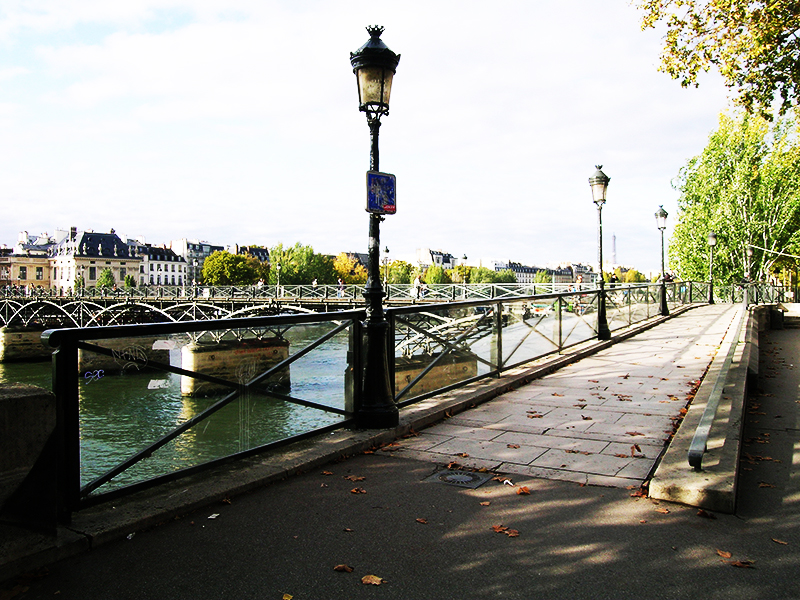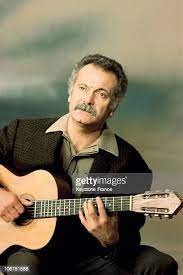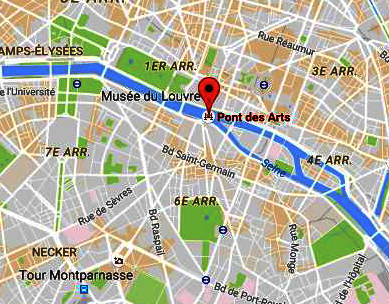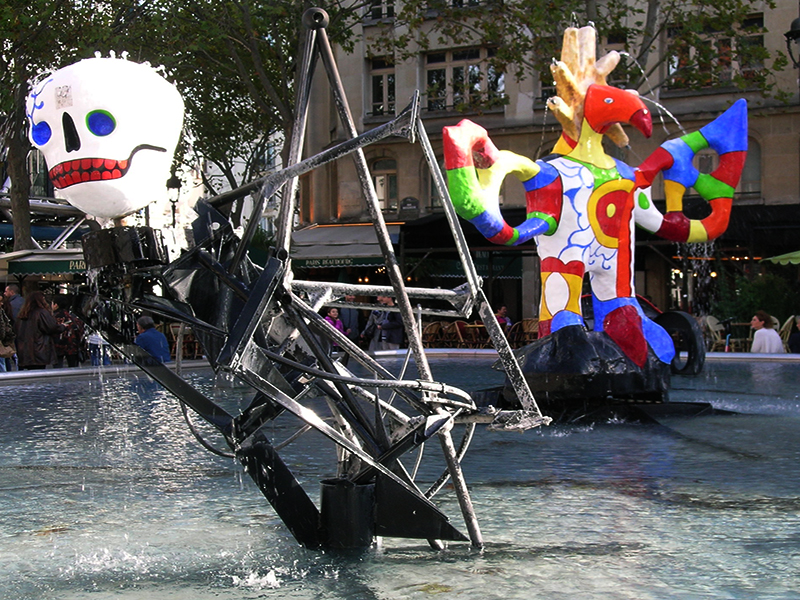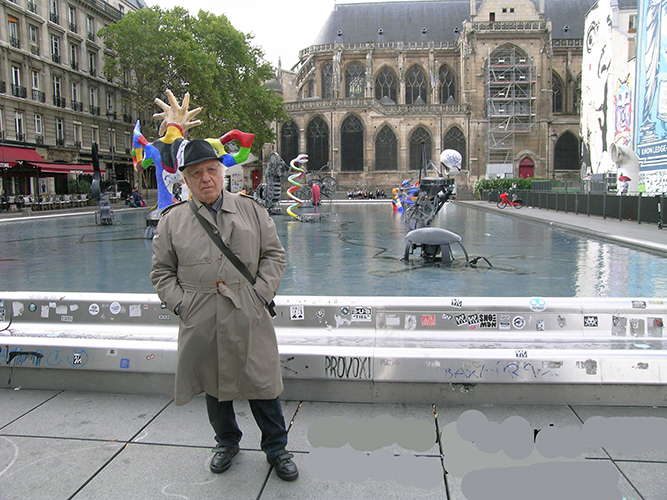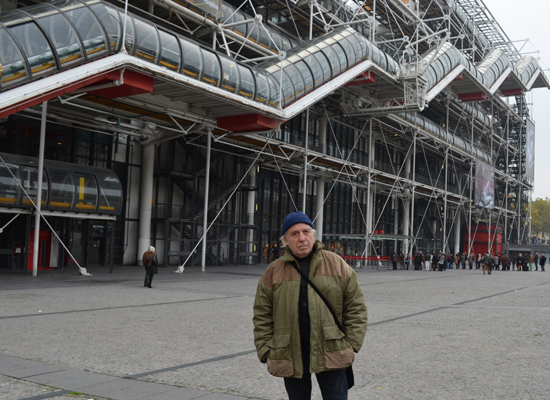IMAGES AND REFLECTIONS
PARIS, NOVEMBER OF 2019
Jordi Rodríguez-Amat
The painter, like any other visual artist, has the ability to express visually perceived images in sensitive art works.
I spent the whole month of November 2019 in Paris, and during my tours around the city, I translated, through my camera, into sensitive artistic photographs those images that struck my spirit.
At no time did I wanted to do a photographic report of Paris. Simply, along my walks through the city I captured, by the way of my camera, those images I considered with artistic interest. The images have their own entity and are not subject to the reflections I made later on the places and spaces in Paris. This is why this photographic series called "Paris, October 2019" makes up a set of works that must be considered works of art. I worked on this whole series with a Nikon Coolpix 5400 digital camera and later worked them on the computer.
We must say that photography is a tool of artistic creation. It is the perception of the artist that determines photography. The camera is nothing more than a way of reproducing the perception of the creator. Obviously, we need to know the tool and all its features to use it correctly. Any place, be it natural or urban, has the possibility of being perceived artistically. It is the artist who knows how to see, and in this case, the photographer creates the work.
Paris, with all its features, has allowed me to create this photographic series. It must be said that I have not gone looking for a photograph, as who is going to find mushrooms. On the contrary, the eye, always attentive, I have captured those images that, at a certain moment, have pierced my spirit.
Paris is a cultural and artistic world, and these images and reflections can only present a limited aspect of Paris. I must tell you that, despite having visited the great number of museums that Paris has in these reflections and images, I did not want to deal with this subject due to the impossibility of even doing a partial treatment. That's why these thoughts and pictures are a limited view of my one more stay in Paris.
I have analyzed certain aspects of some photographs, dealing with the most important values. In order to better understand everything I present, you need to read the texts carefully.
